ven if you are not living in Copenhagen, Tokyo, Singapore, or any other smart city leading in the adoption of IoT solutions, you have probably become well aware of the new, everpresent buzz phrase — digital transformation. The exciting opportunities in the growingly interconnected world are the locus of digital enthusiasts, public bodies, corporations and startups, which all rush to transform and take their position in the technology race. Automatization tools, artificial intelligence, IoT, smart solutions, robotics, and bioengineering come with a promise of a better tomorrow and a seamless and more efficient environment.
However, on the wave of technophoria, all these ambitious technological visions and initiatives come hand in hand with intimidating threats. The digital systems designed to control and coordinate our power supply, traffic, personal and health data etc. will definitely be the future most vulnerable points, open to misusage and alarming hacker attacks.
There is a looming feeling that progressive pace of technology adoption is not adequately preceded by needed security measures and standardization of processes on a larger scale.

Our amazing team is always hard at work
On one hand, what the recently launched General Data Protection Regulation showed us is that large systems will face huge problems with the transformation of their business processes if they want to provide users with maximum safety in digital space. On the other hand, what Cambridge Analytica scandal reminded us of is that because of the everlasting desire for profit, unscrupulous corporations will not hesitate to perform serious law violations and abuse the users’ personal data. Powerful software programmes can and will be made to target users based on information available through various digital platforms. What this case also showed us is that the current justice system, even in the highly developed countries, can’t meet these challenges due to the low level of understanding of the technologies in question and the way they actually work.
As predicted in some dystopian novels of the past, we are living the reality of alternative facts, face recognition, video manipulation, and privacy invasion. Thus, the flipside of progressive tech adoption comes in the form of fears and phobias from the same technologies that were designed to serve the higher purposes.
The problem is not how and why digital tools and platforms were created, the problem is what they have since become.
Moreover, these two conflicting sides of technological progress also point out to the huge gap between those who are digitally savvy and those who are digitally illiterate and unaware of the threats hiding in the digital space. And putting the burden of IT-responsible behavior and protection on the individual would not only be unfair but also downright unsustainable. We do want to live in the world where people have more control of what is happening around them in digital space, but the resources needed to reach this goal have to come from all stakeholders in the process.
Taming the technology beasts
As we have witnessed, GDPR initiative was a heavenly idea for user protection, but in practice, its implementation pointed out to complex problems facing companies and institutions. Exactly these problems underline the need to open more debates, to define more regulations and to reverse the whole process in general.
Security issues should not be faced when the problems occur, security issues have to be predicted and prevented well in advance.
Even the high-level leaders recognize these problems. Elon Musk constantly points out to the potential threats of Artificial Intelligence, comparing their power to a nuclear weapon. The creator of the World Wide Web, Tim Berners-Lee, openly expresses his disappointment with current tech giants: “I am disappointed with the current state of the web. We have lost the feeling of individual empowerment and to a certain extent also I think the optimism has cracked.”
Read: The World Wide Web Inventor Thinks Tech Giants Need to Be Broken Up
Mr. Berners-Lee is now trying to offer an alternative for the current form of social media platforms, which would provide users with more access and identification control and the way their data is being manipulated with.
Whatever stance we may take on all these issues, the optimistic or the pessimistic one, we all hold the responsibility to address these topics before it’s too late. Taming the tech beasts needs to come in a form of collective efforts.
We all need conversation, education, regulation, and standardization of the technologies implemented. We individuals, we small and medium companies, we corporations and, most importantly, we governments. All stakeholders need to join this ride.
The process has to be reversed and all necessary security layers need to be placed in the very foundation of digital tools and platforms before they are launched. To be able to allow all individuals to be in power of their own data, we have to turn to access control solutions, tools for decentralization, blockchain systems, and AI security layers, both from privacy and security standpoint.
In these efforts, huge players need to lead by example. Governments and corporations hold an enormous responsibility to put a strong focus on security and data protection to prevent consequences that would affect the individual but also the society in general. Their readiness to learn and implement necessary security tools and regulations will be of crucial importance in the future.
However, all stakeholders need to do the same, at least by opening these discussions and putting the pressure of public bodies to do the same. Just to make sure that we don’t get outsmarted by the very smart technologies we are so willingly embracing.





